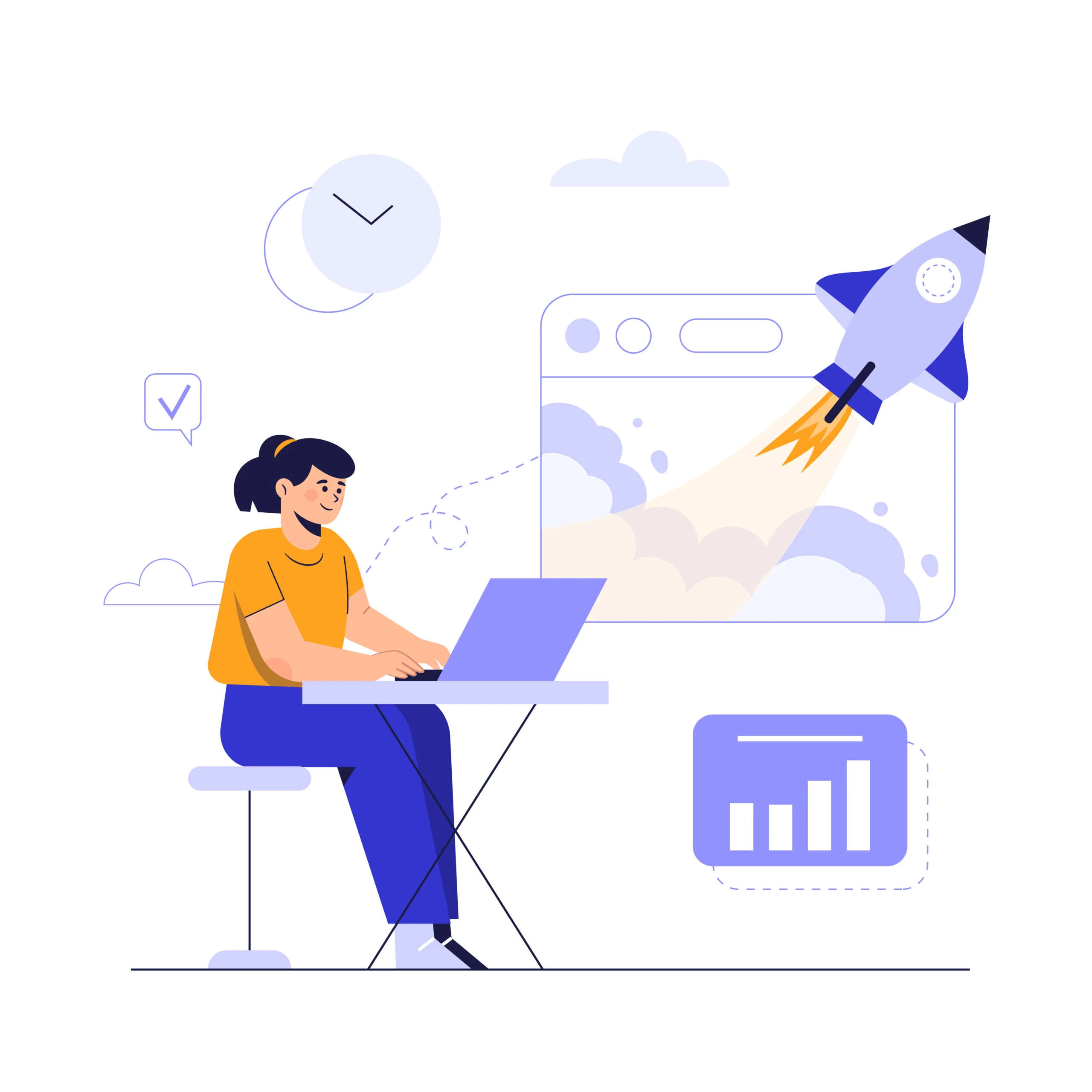 18 mins
18 mins
Apr 16, 2025

A regional sales team missed their forecast. Again. Warehouses ran out of two fast-moving SKUs. The finance team had to adjust numbers mid-quarter. Sound familiar?
Demand forecasting in supply chain has always been tricky. Everyone agrees it’s important. But most teams still rely on spreadsheets, gut feel, and last year’s numbers. That’s where things fall apart.
This blog walks you through how we went from theory to practice. From explaining what demand forecasting really is, to showing how we built a working AI dashboard that tracks it in real-time.
Demand forecasting is just a way to predict how much of something your business will sell in the future. You look at past sales, maybe a trend or two, and make a call.
In the supply chain, it’s about more than just sales. You’re planning inventory. You’re lining up vendors. You’re deciding how much to produce, how much to store, and when to move it.
Good forecasts help you avoid running out of stock.
Great forecasts help you avoid overstock too.
And excellent forecasts? They turn the supply chain into a profit center, not a cost center.
Most forecasting setups are stuck in the past.
Teams use Excel files passed around in email threads. They forecast monthly, sometimes quarterly.
In addition, there’s no feedback loop when things change on the ground. And when sales spike or drop unexpectedly, they scramble.
Traditional forecasting doesn’t handle:
● Promotions and seasonality well.
● Regional differences.
● New products with no sales history.
● The reality is that no two SKUs behave the same.
The result? Teams end up reacting. Firefighting. Explaining misses after the fact.
We decided to flip the approach.
Instead of relying only on what happened last year, we built a system that learns from what’s happening now. That’s where AI came in.
We pulled historical sales data. Cleaned it. Added context like:
● Inventory levels
● Lead times
● Holidays
● Channel-specific trends
Then we used time-series forecasting models. Some SKUs worked better with ARIMA. Others needed machine learning like XGBoost. The goal wasn’t the fanciest model. It was the most accurate one.
We didn’t automate everything from day one. We started small. Tested. Adjusted.
We were solving a real problem — SKU-level visibility for a retail business spread across multiple cities. They needed to know, at any point in time:
● What demand looked like for the next 4–8 weeks.
● Which SKUs were likely to underperform or overperform.
● Where to act.
We pulled the data into a cloud data warehouse. Cleaned and structured it in a way the models could use. Forecasts ran in Python, and results were pushed to Power BI.
The dashboard became the front-end. No code. Just insight.
Let’s walk through the dashboard of demand forecasting in supply chain.
You start at the top. Select the product you want to analyze. Choose the time period. The dashboard adjusts everything else based on that.

You get key numbers right away — forecast accuracy, actual sales, demand variance. All tied to your selections.

This chart lays it out — past sales, predicted demand, and where you’re likely headed. It updates in real-time as you feed in new data.

Want to know if retail is outperforming online? This sales distribution chart shows where demand is coming from. Click on any channel to drill deeper.

There’s a chat widget built into the view. You can type questions like “Why is forecast off for Product X in March?” and get quick insights — powered by AI.

Got fresh sales data? Click a button and retrain the forecast model. The system learns, adapts, and updates the next projection automatically.


The demand forecasting system is built with a modular, end-to-end pipeline that enables clean data flow, reliable model training, and intuitive user interaction via an integrated dashboard and chatbot.
Below is a typical architecture of it.

By implementing AI-driven supply chain demand forecasting, you can expect the following gains:
✔️ Forecast accuracy hit ~80%. This helps align production and inventory planning.
✔️ Overstock dropped by 15–20%. Better alignment cuts storage costs and reduces slow-moving items.
✔️ Stockouts fell by 10–15%. Teams can see demand spikes early and adjust fast.
✔️ Freed-up working capital by cutting inventory buffers.
✔️ More stable COGS through smoother production runs.
✔️ Revenue uplift by reducing missed sales due to stockouts.
✔️ Sales can commit to delivery timelines.
✔️ Supply chain can plan replenishment with fewer surprises.
✔️ Finance and ops can budget and plan capacity with more predictability.

Not everything worked on day one. Some lessons we learned:
● Data cleanup took longer than expected. Legacy systems had holes.
● One model doesn’t fit all SKUs. We grouped SKUs by behavior and trained separate models.
● Stakeholder buy-in mattered more than model accuracy. If the dashboard wasn’t used, it didn’t matter how smart it was.
We also learned to involve users early. Planners helped shape the visuals. That’s why they adopted it fast.
Here’s what’s coming next — and fast:
